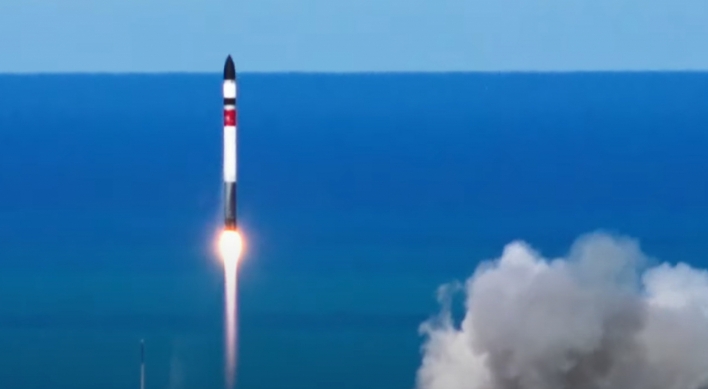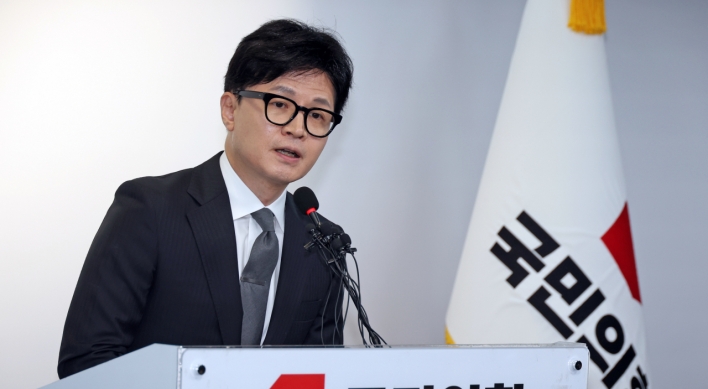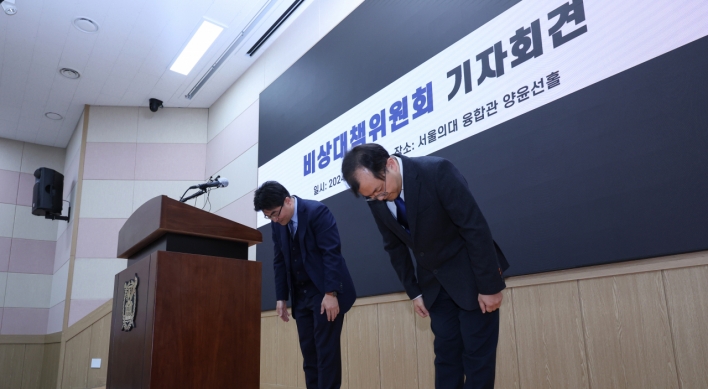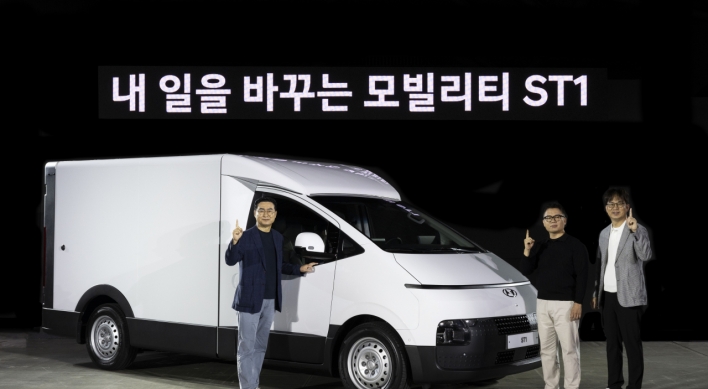Recently, the news is full of stories about HUBO’s first-place victory at the 2015 DARPA Challenge, a contest in which the world’s most advanced robots compete for a $2 million prize. HUBO’s victory was a win not only for Korea’s robotics endeavors, but also for the advancement of robotics around the world.
Robotics and artificial intelligence technologies represent the start of an era in which humanity will make its greatest advancements. AI and robotics will merge within the decade, giving rise to AI bots, or artificially intelligent robots. The AI bots will be the transformative technology of the millennium and may succeed human beings as the planet’s most intelligent species.
As AI is a broad concept, we will look at it in the context of its integration with robotics. There are three major categories for AI: 1) Artificial Narrow Intelligence, which is also called Weak AI; 2) Artificial General Intelligence, which is also known as Human-level AI or Strong AI; and 3) Artificial Superintelligence.
ANI is focused on one area. Our world runs on ANI. Cars have computers that determine when to activate safety systems such as antilock brakes, and companies like Amazon know what products you like by learning your behavior. ANI has migrated from cyberspace into the physical world thanks to second-wave robots.
AGI is a computer that can carry out the same intellectual tasks as a human being, such as reasoning, problem solving, thinking abstractly and learning from experience. The breakneck advancements in hardware and innovative experimentation with software taking place simultaneously, will cause AGI to emerge quickly and unexpectedly. ASI as defined by Oxford-philosopher and AI expert Nick Bostrom as “an intellect that is much smarter than the best human brains in practically every field, including scientific creativity, general wisdom and social skills.” ASI can be a computer that’s marginally smarter than a human, to one that’s trillions of times smarter ― in every way imaginable.
Like AI, robotics is a broad concept for which there are three major categories: 1) First-wave robots or “industrial robots”; 2) Second-wave robots, the group in which “service robots” and “industry 4.0” belong; and 3) Third-wave robots, or AI bots.
First-wave robots are expensive, rigid, dangerous and dumb. They perform simple repetitive tasks and are suitable only for mass production by capital-intensive businesses. They require specially designed facilities to ensure the safety of humans. These machines do the assembly work of an industrial economy.
Second-wave robots are inexpensive, aware, autonomous, flexible, safe and smart. They learn and perform a variety of tasks. In short, they work alongside humans, up close and personal. They can also run facilities entirely independent of humans, leveraging the Internet of Things, Internet-connected products, to optimize outcomes.
Third-wave robots, or AI bots, will be endowed with AGI to make them better at interacting with human beings. In time, they will evolve into ASI-enhanced AI bots.
Undoubtedly, a regulatory framework for this brave new world of legal challenges is needed. But more importantly, we need social safety nets for the socioeconomic erosion that will come with AGI and Emergence (Emergence is when machines achieve ASI).
AI and robotics are already taking over professional and service jobs. Lawyers, accountants, pilots, teachers, and more are targeted; while on the service front: cashiers, clerks, customer service representatives and drivers have replacements coming online. There is a robotic or AI solution being designed for most jobs.
We must now reevaluate everything that we think we know, put in place safeguards from quantifiable risks and add buffers for the unquantifiable. Some risks from emergence are: 1) economic and social collapse from mass unemployment and the resulting social unrest; 2) extinction-level event that makes us into the dinosaurs of this era; and 3) hybridization-evolution, or human-machine integration. The AI bot Cambrian Explosion is coming and with it an infinite combinations of outcomes.
Emergence and AI bots will arrive sooner than expected due to massive spending by corporations, governments, rogue states and others in their desire to secure their “three wishes” ― wealth, power and immortality from the emergence “genie.” And since humans have sought these goals throughout their entire history, imposing regulations amounts to nothing more than an exercise in futility, as the stakes are simply too high.
The coming socioeconomic shift may create unemployment of an unprecedented scale during the “adjustment phase.” The already widening gap between the 1 percent who control most of the world’s wealth and the other 99 percent will only accelerate.
Fortunes will be made and lost in the robotics revolution. Humanity now stands at the crossroads. One road leads to abundance and freedom. The other is the end of the line.
By Robert Cheek
Robert “Robb the Robot Guy” Cheek is a research analyst and editorial head at HMC Investment & Securities, the investment banking arm of Hyundai Motor Group. He has worked in robotics and technology firms and advises investors and companies about service robotics and AI. He can be reached at r.cheek@hmcib.com. ― Ed.
Robotics and artificial intelligence technologies represent the start of an era in which humanity will make its greatest advancements. AI and robotics will merge within the decade, giving rise to AI bots, or artificially intelligent robots. The AI bots will be the transformative technology of the millennium and may succeed human beings as the planet’s most intelligent species.
As AI is a broad concept, we will look at it in the context of its integration with robotics. There are three major categories for AI: 1) Artificial Narrow Intelligence, which is also called Weak AI; 2) Artificial General Intelligence, which is also known as Human-level AI or Strong AI; and 3) Artificial Superintelligence.
ANI is focused on one area. Our world runs on ANI. Cars have computers that determine when to activate safety systems such as antilock brakes, and companies like Amazon know what products you like by learning your behavior. ANI has migrated from cyberspace into the physical world thanks to second-wave robots.
AGI is a computer that can carry out the same intellectual tasks as a human being, such as reasoning, problem solving, thinking abstractly and learning from experience. The breakneck advancements in hardware and innovative experimentation with software taking place simultaneously, will cause AGI to emerge quickly and unexpectedly. ASI as defined by Oxford-philosopher and AI expert Nick Bostrom as “an intellect that is much smarter than the best human brains in practically every field, including scientific creativity, general wisdom and social skills.” ASI can be a computer that’s marginally smarter than a human, to one that’s trillions of times smarter ― in every way imaginable.
Like AI, robotics is a broad concept for which there are three major categories: 1) First-wave robots or “industrial robots”; 2) Second-wave robots, the group in which “service robots” and “industry 4.0” belong; and 3) Third-wave robots, or AI bots.
First-wave robots are expensive, rigid, dangerous and dumb. They perform simple repetitive tasks and are suitable only for mass production by capital-intensive businesses. They require specially designed facilities to ensure the safety of humans. These machines do the assembly work of an industrial economy.
Second-wave robots are inexpensive, aware, autonomous, flexible, safe and smart. They learn and perform a variety of tasks. In short, they work alongside humans, up close and personal. They can also run facilities entirely independent of humans, leveraging the Internet of Things, Internet-connected products, to optimize outcomes.
Third-wave robots, or AI bots, will be endowed with AGI to make them better at interacting with human beings. In time, they will evolve into ASI-enhanced AI bots.
Undoubtedly, a regulatory framework for this brave new world of legal challenges is needed. But more importantly, we need social safety nets for the socioeconomic erosion that will come with AGI and Emergence (Emergence is when machines achieve ASI).
AI and robotics are already taking over professional and service jobs. Lawyers, accountants, pilots, teachers, and more are targeted; while on the service front: cashiers, clerks, customer service representatives and drivers have replacements coming online. There is a robotic or AI solution being designed for most jobs.
We must now reevaluate everything that we think we know, put in place safeguards from quantifiable risks and add buffers for the unquantifiable. Some risks from emergence are: 1) economic and social collapse from mass unemployment and the resulting social unrest; 2) extinction-level event that makes us into the dinosaurs of this era; and 3) hybridization-evolution, or human-machine integration. The AI bot Cambrian Explosion is coming and with it an infinite combinations of outcomes.
Emergence and AI bots will arrive sooner than expected due to massive spending by corporations, governments, rogue states and others in their desire to secure their “three wishes” ― wealth, power and immortality from the emergence “genie.” And since humans have sought these goals throughout their entire history, imposing regulations amounts to nothing more than an exercise in futility, as the stakes are simply too high.
The coming socioeconomic shift may create unemployment of an unprecedented scale during the “adjustment phase.” The already widening gap between the 1 percent who control most of the world’s wealth and the other 99 percent will only accelerate.
Fortunes will be made and lost in the robotics revolution. Humanity now stands at the crossroads. One road leads to abundance and freedom. The other is the end of the line.
By Robert Cheek
Robert “Robb the Robot Guy” Cheek is a research analyst and editorial head at HMC Investment & Securities, the investment banking arm of Hyundai Motor Group. He has worked in robotics and technology firms and advises investors and companies about service robotics and AI. He can be reached at r.cheek@hmcib.com. ― Ed.
-
Articles by Korea Herald


![[Exclusive] Korean military set to ban iPhones over 'security' concerns](http://res.heraldm.com/phpwas/restmb_idxmake.php?idx=644&simg=/content/image/2024/04/23/20240423050599_0.jpg&u=20240423183955)

![[Graphic News] 77% of young Koreans still financially dependent](http://res.heraldm.com/phpwas/restmb_idxmake.php?idx=644&simg=/content/image/2024/04/22/20240422050762_0.gif&u=)




![[Pressure points] Leggings in public: Fashion statement or social faux pas?](http://res.heraldm.com/phpwas/restmb_idxmake.php?idx=644&simg=/content/image/2024/04/23/20240423050669_0.jpg&u=)









